Introduction
When Is It Too Late To Castrate A Pig: In the realm of pig farming, decisions regarding the management and care of these intelligent and adaptable animals are multifaceted. One such decision, the timing of castration, carries significant implications for both the welfare of the pigs and the practical goals of the industry. Castration, the surgical removal of a male pig’s testicles, is a common practice in pig farming with various aims, including controlling aggression, enhancing meat quality, and preventing uncontrolled breeding.
Castration plays a pivotal role in managing pig behavior and mitigating aggressive tendencies, particularly in male pigs, which are known for their territorial and potentially combative nature. Moreover, castration is instrumental in improving meat quality, as it reduces the production of boar taint – an off-putting odor and flavor that can affect the taste of pork meat. The age of the pig is a fundamental consideration. Piglets are often castrated at a very young age, typically within a few weeks of birth.
Managing pig behavior is a significant objective, especially on farms where aggression can disrupt herd dynamics. Castrating pigs life can help mitigate aggressive tendencies. Pig welfare is an ethical consideration that cannot be overlooked. Castration is a painful procedure, and the age at which it occurs should take into account the potential discomfort experienced by the pig. Local regulations and industry standards may also dictate the timing of castration in pig farming.
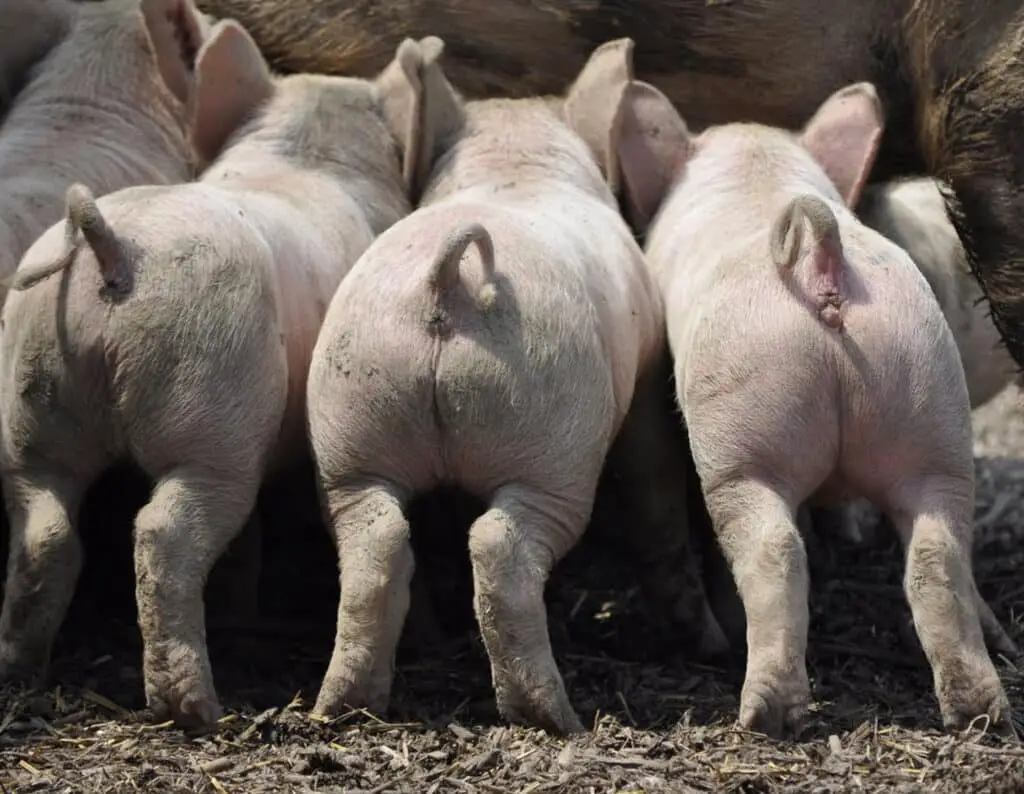
Can you castrate a pig at any age?
Piglets are generally castrated 4-14 days of age. This avoids the first few days when they are absorbing colostrum, makes it easier to identify inguinal hernias, and is still well before weaning. Piglets should be castrated at least 5 days prior to weaning to minimize the risk of combined stressors.
Piglets: Castrating piglets at a very young age, typically within the first few weeks of life, is a common practice. It is less stressful for the piglets, and the procedure is relatively straightforward. Early castration helps reduce the risk of boar taint (an undesirable odor and flavor in pork meat) and minimizes aggressive behaviors as the pig grows.
Weaners or Growers: Castrating pigs between the ages of 2 to 4 months (weaners or growers) is also possible. At this stage, the pigs are larger and stronger, and the procedure may require more advanced techniques and anesthesia. Castrating at this age can still be effective in reducing boar taint and managing aggression.
Finishers or Adults: Castrating older pigs, such as finishers or adults, can be more challenging and carries higher risks. The size and strength of the pig make handling and surgery more complex. Additionally, the risk of residual boar taint may be higher in older pigs.
Can you castrate a 2 year old pig?
All non-breeding house boars should be castrated. The animal is generally fine until 2 years of age but after this he becomes ‘male’ and dominant and his tusks rapidly develop. Castration is the only answer.
Size and Strength: Older pigs are larger and stronger, making them more challenging to handle during the castration procedure.
Increased Surgical Risks: Castrating older pigs may require more extensive surgery, which can increase the risk of complications, including infection and postoperative discomfort.
Boar Taint Risk: While castration can still help reduce boar taint in older pigs, there is a higher risk of residual taint compared to piglets castrated at a younger age.
Stress and Recovery: Older pigs may experience more stress during and after the castration procedure, potentially impacting their overall well-being and recovery.
What happens if you don’t castrate a pig?
The quality of meat from entire male pigs is lower because of boar taint, a reduced intramuscular fat content, and increased unsaturation of the fat. Immunocastration prevents boar taint, pain associated with surgery, and stress related to aggressive and mounting behavior.
Difficult Handling: Boars can be more difficult to handle and manage due to their size, strength, and behavioral characteristics. This can pose challenges during transportation, handling, and routine management tasks on the farm.
Quality and Marketability: Pork from boars is generally considered less desirable due to the risk of boar taint and potential variations in meat quality. It may be less marketable and fetch lower prices compared to pork from castrated pigs.
Safety Concerns: Handling uncastrated boars, especially in situations where they may be aggressive or territorial, can pose safety risks to farm workers and handlers.
At what age are male pigs mature?
Males ▪ Most males are sexually mature for breeding around 12 months of age. – This can be breed-specific (e.g., Meishan breeds can be sexually mature for breeding around 6 months of age). It is normal for males going through puberty to mount other animals (males or females).
Factors Affecting Age of Sexual Maturity: The age at which male pigs reach sexual maturity can be influenced by various factors. Genetics play a significant role, as some pig breeds may mature earlier or later than others. Nutrition also plays a critical role, as well-fed pigs tend to reach sexual maturity sooner. Additionally, environmental conditions, such as light exposure and housing, can impact the timing of sexual maturity.
Signs of Sexual Maturity: When male pigs reach sexual maturity, they may exhibit behavioral and physical changes. These can include increased sexual interest in female pigs, vocalizations, mounting behavior, and changes in body size and musculature. These signs vary among individual pigs but generally become more pronounced as they mature.
Boar Taint: One important consideration related to sexual maturity in boars is the development of boar taint. Boar taint is an undesirable odor and flavor that can be present in the meat of sexually mature male pigs. It is caused by the accumulation of compounds like androstenone and skatole. To prevent boar taint, many pig farmers choose to castrate male piglets at a young age before they reach sexual maturity.
What is the best time to castrate a male pig?
between 1 and 21 days of
The best time to castrate a pig is between 1 and 21 days of age. Young pigs are easier to hold or restrain. They bleed less from surgery and may have antibody protection from the sow’s colostrum. Pigs can be successfully castrated on day one.
Reducing Boar Taint: Boar taint is an undesirable odor and flavor that can develop in the meat of sexually mature male pigs (boars). By castrating piglets at a young age, before they reach sexual maturity, the risk of boar taint is greatly reduced. This ensures that the pork produced from these pigs will have a consistent and desirable taste.
Behavioral Management: Castrating piglets early can help manage their behavior as they grow. Uncastrated boars can exhibit aggressive and territorial behaviors, which can lead to fighting and injuries in group housing situations. Castration helps reduce the development of these behaviors.
Improved Meat Quality: Castrating piglets also contributes to improved meat quality in terms of tenderness and marbling. This makes the pork more appealing to consumers.
What is the best method of castrating piglets?
With the castration instrument, make two incisions about as long as the testicles near the center of each. Cut deeply enough to go through the outside body skin. Cutting or not cutting the white membrane (tunica vaginalis) which surrounds the testicle is an individual preference and is optional on small pigs.
Burdizzo Castration (Crush Castration):
- Description: The Burdizzo is a clamp-like tool that crushes the spermatic cords, cutting off the blood supply to the testicles. This method does not involve cutting or incisions.
- Advantages: It is a bloodless method, and some consider it less painful than surgical castration. There is minimal risk of infection.
- Disadvantages: Precise placement of the Burdizzo is crucial to ensure the procedure is effective. It may not be as reliable as surgical castration in preventing boar taint. Piglets still require pain relief for this method, as crushing the spermatic cords can cause discomfort.
Elastrator Rings (Rubber Ring Castration):
- Description: Elastrator rings are small rubber bands placed around the scrotum, cutting off the blood supply to the testicles. Over time, the testicles wither and fall off.
- Advantages: It is a simple and relatively low-cost method. There is no need for anesthesia or sutures. It is also bloodless.
- Disadvantages: Elastration is a delayed method, as it takes time for the testicles to wither and drop off, typically a few weeks. Piglets may experience discomfort during this period. Careful attention must be paid to hygiene and infection prevention when using elastrator rings.
Can you castrate a pig with a rubber band?
The only acceptable method of castration in pigs is surgical. Rubber rings and the Burdizzo method (a piece of equipment that crushes the spermatic cord and vessels) are not suitable or legal.
Select the Appropriate Piglets: Typically, piglets are castrated at a young age, within the first few weeks of life, before they reach sexual maturity.
Prepare the Equipment: You will need an elastrator tool and a supply of rubber rings. The elastrator tool is designed to stretch the rubber ring and place it around the piglet’s scrotum.
Apply the Rubber Ring: The rubber ring is stretched and placed over the scrotum, above the testicles. It should be positioned snugly to cut off the blood supply.
Withering and Detachment: Over a period of several weeks, the testicles will lose their blood supply and begin to wither. Eventually, they will fall off, leaving the piglet effectively castrated.
What is castrating a pig called?
Other terms that might be of interest to you: Boar-Intact male pig used for any breeding purpose. Barrow-Castrate (neutered) male pig Sow – Female that has farrowed at least one litter. Gilt – Young female that has not farrowed her first litter.
Animal Welfare Considerations: Castration is a procedure that may cause discomfort or pain to piglets. As a result, there is growing attention to animal welfare concerns associated with castration. Many farmers and veterinarians advocate for using anesthesia and pain management during the procedure to minimize distress and ensure the well-being of the animals.
Regulations and Guidelines: In some regions, there are regulations and industry guidelines related to castration practices, including age restrictions, pain relief requirements, and acceptable methods. Farmers should be aware of and comply with local regulations when castrating pigs.
Consumer Preferences: Consumer awareness and preferences are increasingly influencing castration practices in the pork industry. Some consumers prefer meat from pigs that have not undergone castration or that have been castrated using less invasive or painless methods.
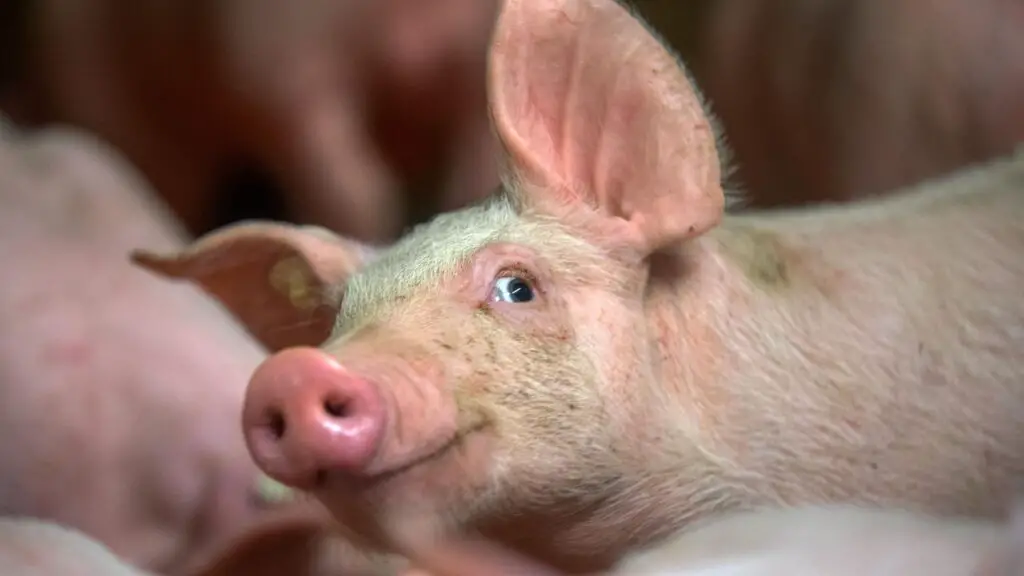
Conclusion
First and foremost, castration plays a pivotal role in pig farming, addressing challenges related to aggression, meat quality, and breeding control. The decision regarding when to perform this procedure is influenced by numerous factors, including the age and size of the castrating pigs, the objectives of the farm, and industry regulations.
Early castration of piglets, typically within a few weeks of birth, is a common practice to minimize stress and discomfort. It helps manage aggressive behavior and enhances meat quality by preventing the development of boar taint. However, the welfare of the pig remains a paramount concern. Ethical considerations emphasize the need for responsible and humane practices, regardless of the timing of castration.
For some farmers, the pursuit of high-quality pork products may dictate castration at a young age, while others may prioritize behavioral control and welfare considerations, opting for a slightly later age. The choice is further influenced by local regulations and industry standards.

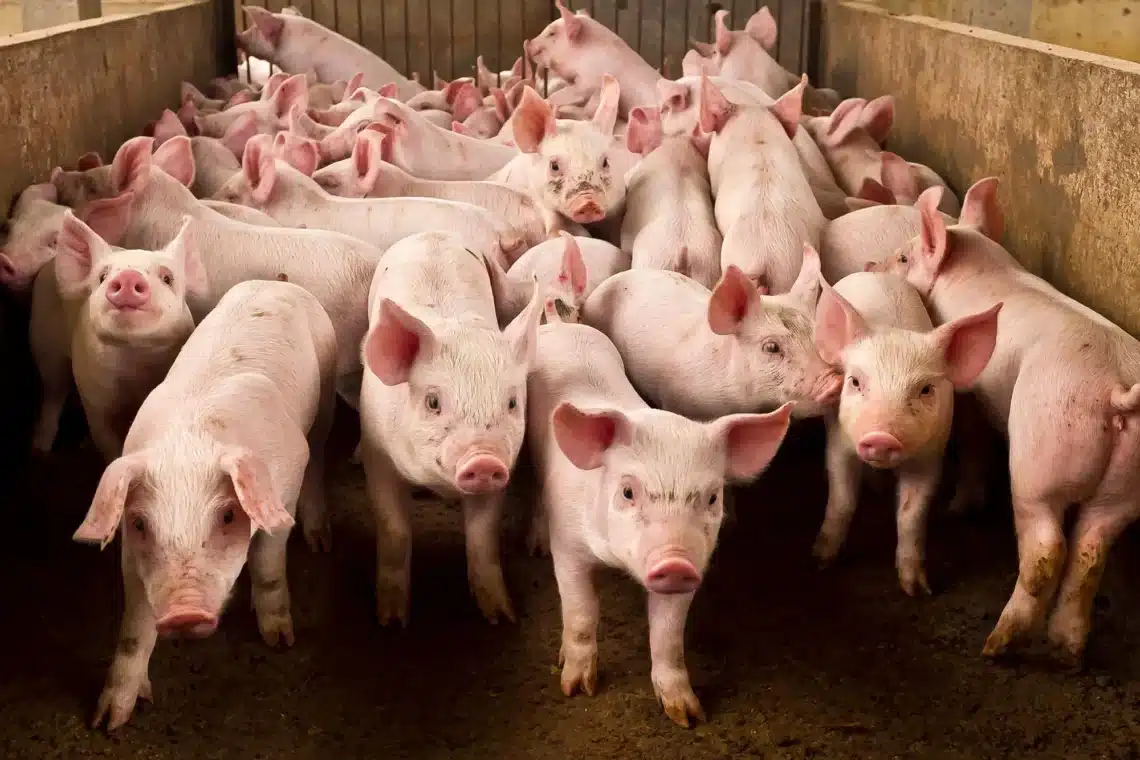
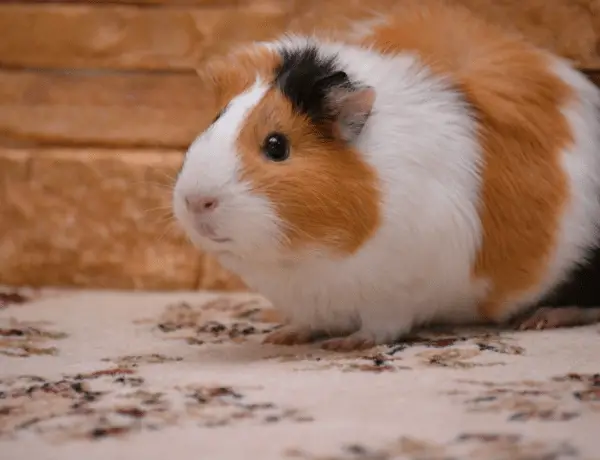
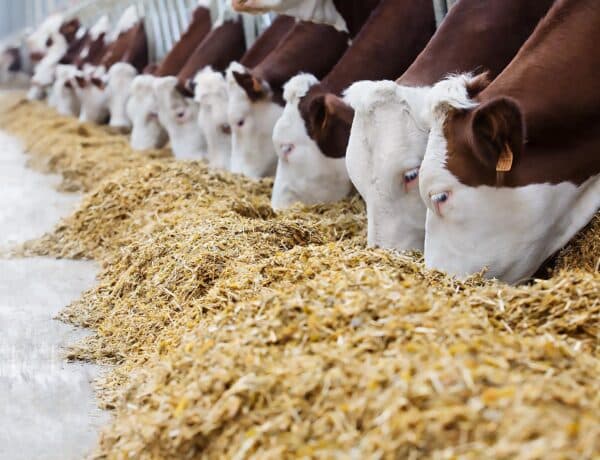
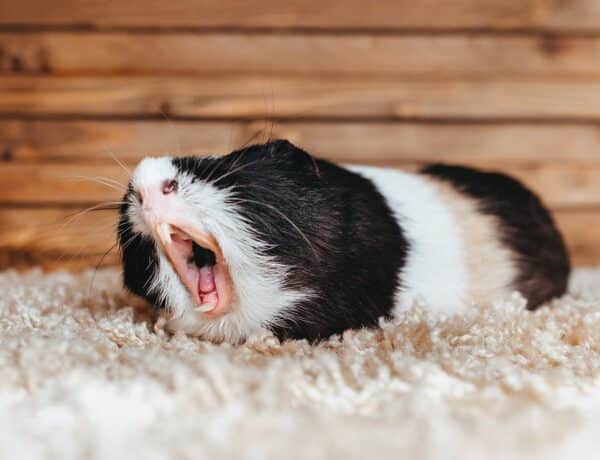
1 Comment
TillyM
July 13, 2024 at 1:29 amVery interesting info!Perfect just what I was looking for!Leadership